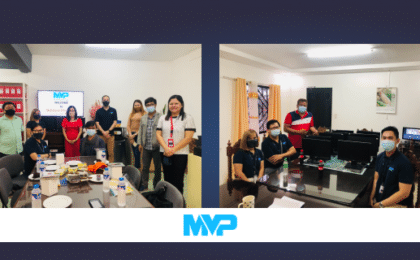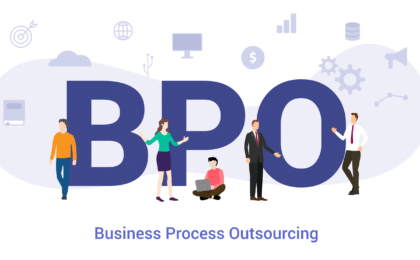How to Decide on Offshoring vs Outsourcing to Scale Your Business
| January 2, 2019
At times, these two terms are used synonymously, while other times they’re pitted against each other as if one strategy is objectively better than the other. Well, they’re not synonyms, nor are they opposing business models; offshoring and outsourcing are two distinct but related terms.
Outsourcing isn’t anything new, in fact, it is a strategy that has been around since the dawn of commerce. It is essentially a cost-saving business strategy that transfers internally sourced services and responsibilities to a third party.
A business that specializes in chocolate candy, for example, can outsource milk production to a nearby supplier; eliminating the need to construct and maintain an internal dairy farm.
Offshoring, on the other hand, deals with location, or to be more specific: the process of moving business functions, offshore. It is a strategy that has only recently gained traction because it relies heavily on cheap and reliable, long-distance telecommunications.
There are two prominent offshore business models: captive offshoring and offshore outsourcing.
Offshore Outsourcing
If a chocolate candy company outsources milk production to an overseas supplier, then that process is called offshore outsourcing.
In this model of offshoring, the main company has very little involvement with the offshore unit. The only means of control that the client company has is the Service Level Agreement (SLA), which states the services that the third-party company must provide.
Most of the semantic confusion around offshoring stems from the conflation of outsourcing and offshore outsourcing. In most contemporary business discussions, the term outsourcing is thrown around a lot, without specification. The term could pertain to either domestic or offshore outsourcing and yet it’s mostly used as a substitute term for the latter.
Captive Offshoring
Captive offshoring is the process of establishing a foreign subsidiary in an offshore location. This means that the offshore unit is still part of the company despite its distance from the headquarters.
In this model, the offshore staff is an extension of the main company’s workforce, hence the main company has direct administrative control over the unit as well as having a hand in the recruitment process.
Captive Offshoring vs Offshore Outsourcing: The Correct Comparison
Taking advantage of offshore services can result in numerous benefits, which include: tax reductions, increased efficiency, access to international talent, and access to more profitable business environments.
Choosing the correct model for your company is vital to the maximization of the benefits that this strategy offers. However, finding out which offshore model is objectively better, is a near-impossible task. This is why the next best thing is to pinpoint the specific situations that each business model shines.
Ideal Conditions for Offshore Outsourcing
Offshore outsourcing is the ideal model when there isn’t much work to be offshored. SLAs work best when they are clear and simple. These agreements are the only means of quality control that a client company has in terms of offshore outsourcing, which is why everything hinges on their flawless execution.
The outsourcing model also works well for companies that are following a tight schedule since it can be implemented relatively quickly. Since this model engages the services of already established third party providers, the costs of the initial set-up are minor compared to the alternative model.
Finally, this model is quite suitable for temporary set-ups thanks to how easy it is to include a termination clause in the contract; allowing companies to shut down their offshore units without paying severance fees and other infrastructure expenses.
Ideal Conditions for Captive Offshoring
Captive Offshoring is perfect for companies with established systems and valuable Intellectual Property (IP). Having direct control over the offshore unit gives the client company complete transparency and the ability to conduct regular internal audits.
This offshoring model is quite effective in preventing leaks in confidential information. This is due to the fact that no third party is involved with captive offshoring, with the offshore company acting as an extension of the client company.
In addition, the increased administrative control allows for the containment of classified information within the upper management, making this model suitable for companies that require high security.
Businesses that have tried and tested processes can flourish using captive offshoring because the offshore unit functions as if it were a local branch through the use of this offshore model. The client company even has direct control over staff recruitment and training, further stabilizing the offshore operations.

























































